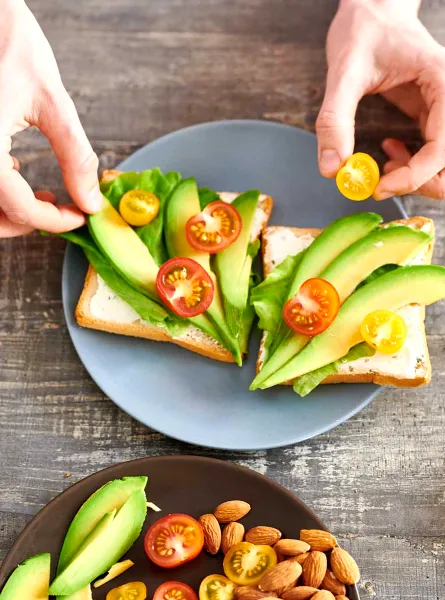
There are many myths surrounding the diet of children with ADHD and only a very few of them are scientifically proven. Unfortunately, there is no miracle cure for ADHD, but there are some tips to help your children eat and to help them eat better.
1. Diets and Foods to Promote
You may have heard of eliminating food dyes, salicylates, food additives, and even wheat and dairy products to help managing the symptoms of people with ADHD. However, there is no study that concretely demonstrates the effectiveness of these diets.
It is therefore not recommended to adopt them, since they are usually very restrictive diets that complicate the life of parents who already have plenty of challenges to overcome.
2. Appetite Management
As a dietitian I have found that children with ADHD often have little appetite. Sometimes the child is distracted and simply does not detect hunger. Other times, the child has trouble detecting hunger before starting to feel starved. There is also medication that can decrease their appetite. Here are some tips that can help you fix the situation:
- Always bring snacks with you for sudden hungers.
- Take advantage of times when medication’s effects are not fully on to increase food intake. It often happens around lunch time and during the evening.
- Serve smaller portions more frequently during the day.
3. Eating Behaviours’ Management
Another big challenge for children with ADHD is to stay in place and stay focused long enough during meal time. Some children eat very quickly, while others are distracted, which can prolong meal time. Whatever the situation, the important thing is to create a pleasant atmosphere around meal time. Here are some tips that will help creating this pleasant atmosphere:
- Encourage the child to calm down before sitting down to eat.
- Create a calm atmosphere at the table and avoid turbulence.
- Congratulate their good behaviors and avoid punishments. Be careful though, do not congratulate them for eating their whole plate because they could start ignoring their satiety signals.
- Do not force the child to eat. Instead, serve small portions of each food and ask if they want more once they are done eating.
- Serve known and loved foods when the child tends to eat less. There might not be as much variety in their diet as you wish there was for that meal, but there will be other opportunities.






